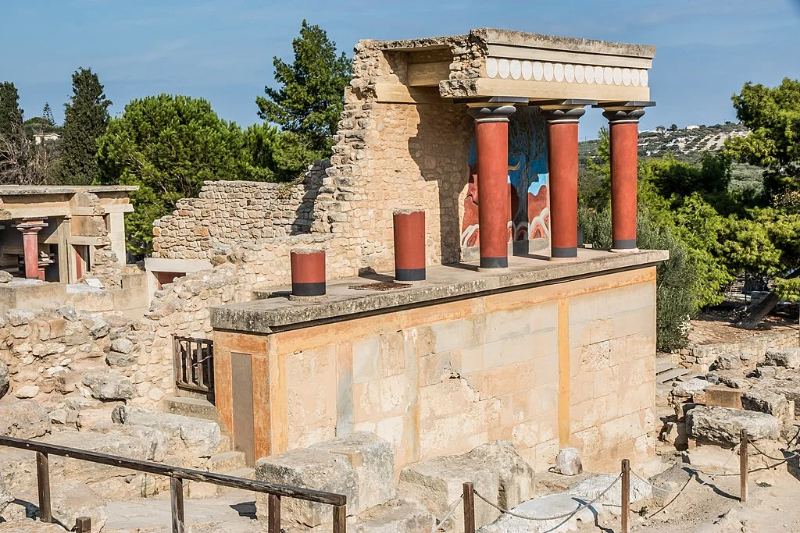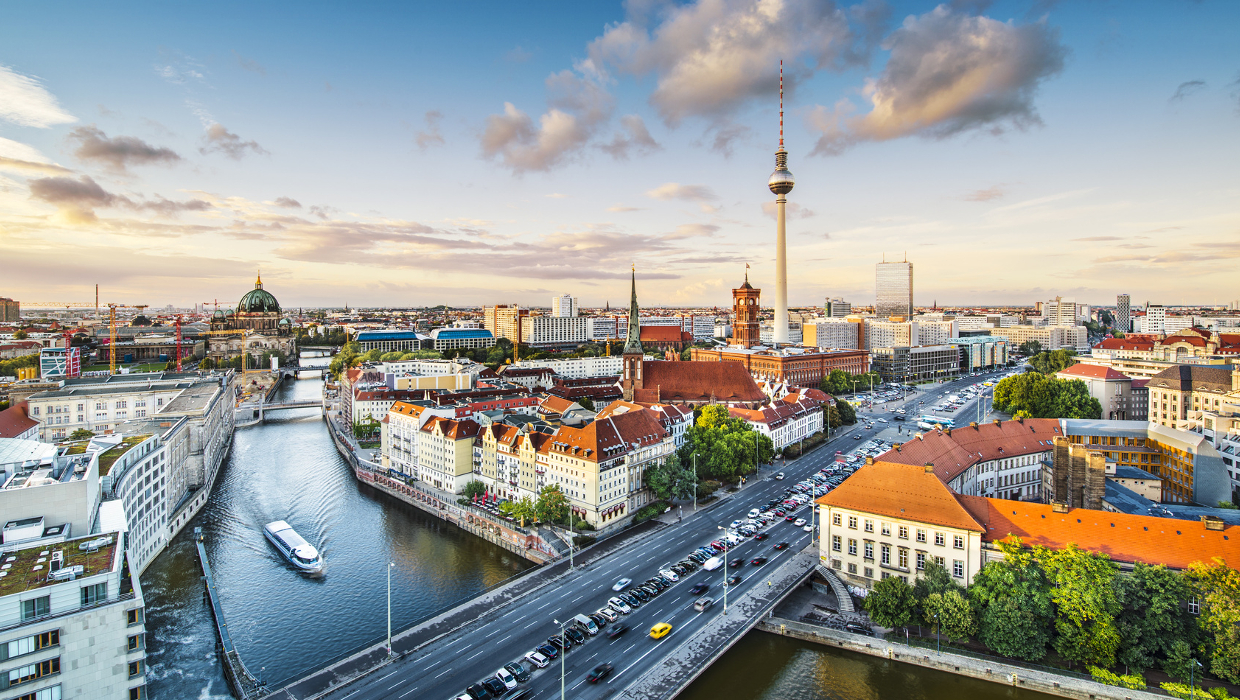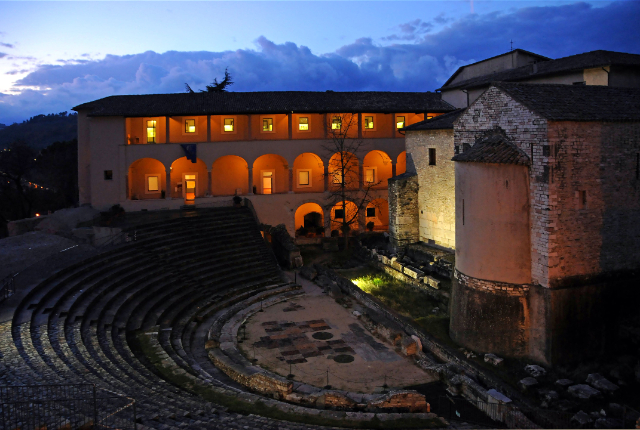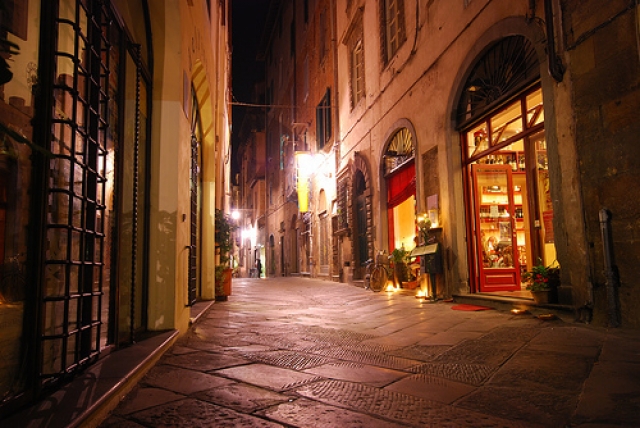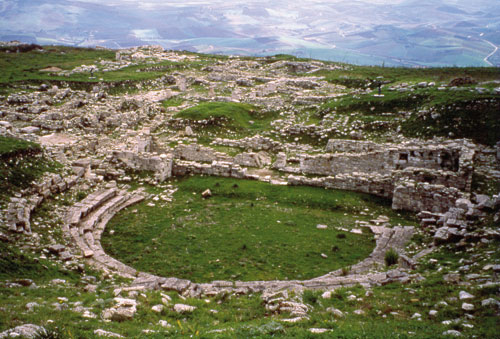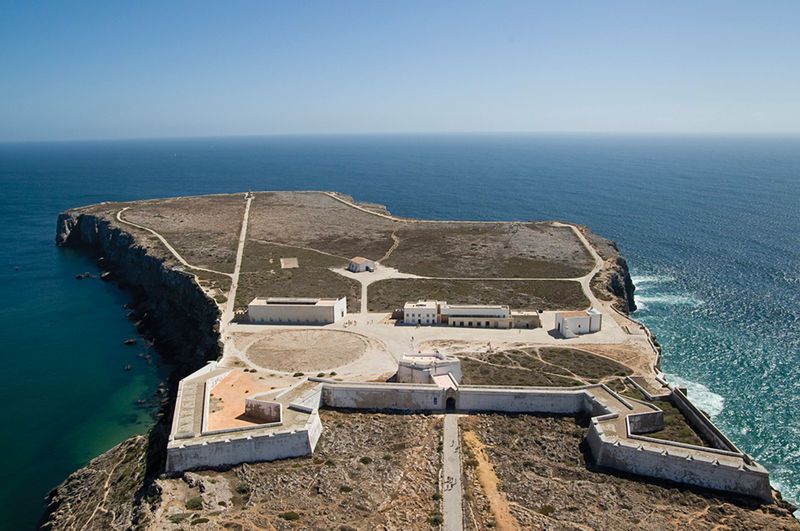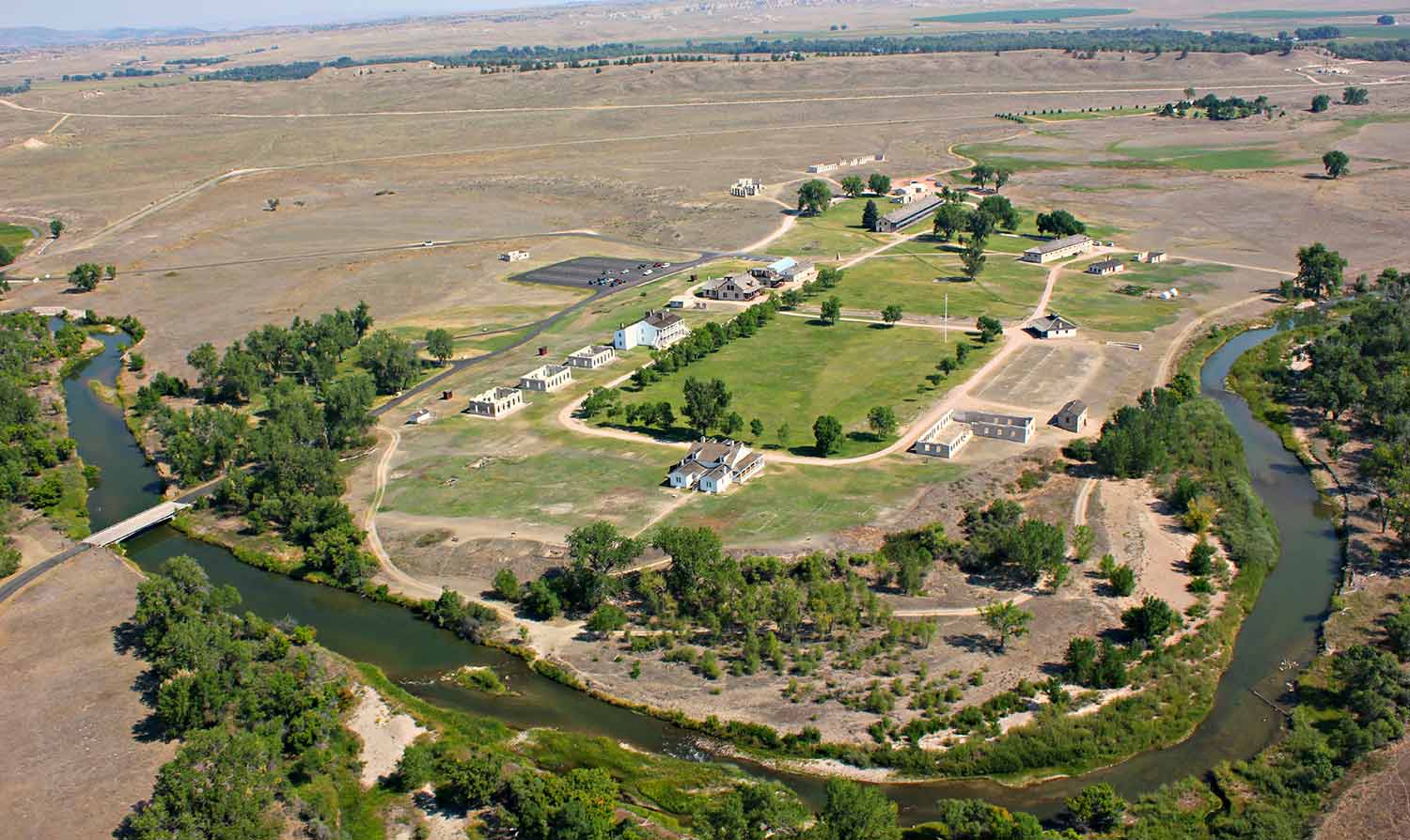This Minoan palace is a place of history, legends, and Crete’s most extensive and important archaeological site.
The Minoan palace is the largest, most complex, and most fancy of all in Greece. It is located about 20 minutes south of Heraklion.
Knossos Palace was inhabited for several thousand years, starting somewhere in the 7th millennium BC. It was abandoned after its destruction in 1375 BC, which also marked the end of the Minoan civilization.
The Palace is over 20,000 square meters and the largest of all Minoan palatial structures. It was built of ashlar blocks, had many floors and was decorated with really beautiful frescoes.
Legend has it that this palace was the source of the Labyrinth myth. It was a structure that was made by King Minos of Crete, to keep away the mythical creature Minotaur, who was half bull and half man. Eventually, the creature was killed by Theseus.
The first excavations that brought to light parts of the palace were carried out by Minos Kalokairinos, a Cretan merchant and antiquarian in 1878. Several other people attempted to continue the excavations including W.J Stillman, the American Consul in Greece, M Joubin, a French archaeologist and Arthur Evans, director of the Ashmolean Museum in Oxford.
However, they all had to abandon their efforts as they were unwilling to purchase the area at the extremely high prices that the owners asked for it. Eventually in 1898, when Crete became an independent state, all the antiquities of the island became state property and in 1900, excavations on the site started under the supervision of Arthur Evans.
